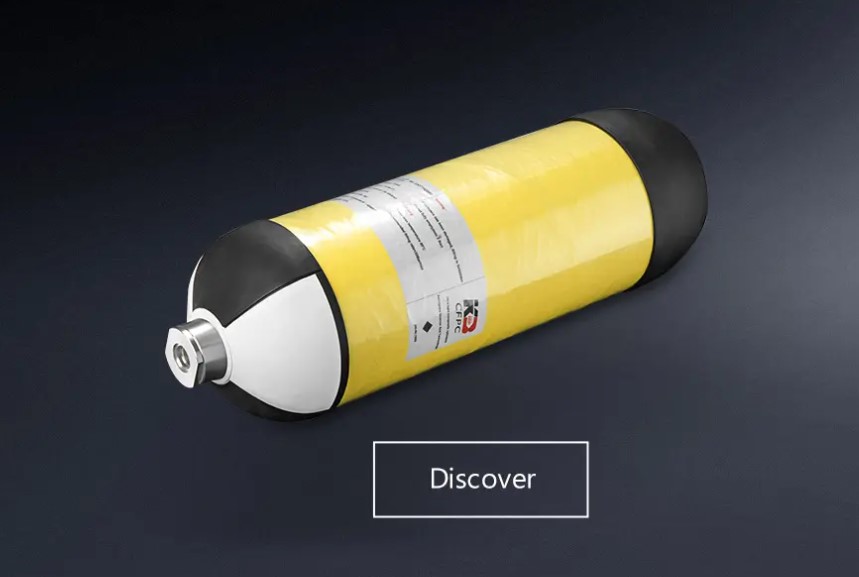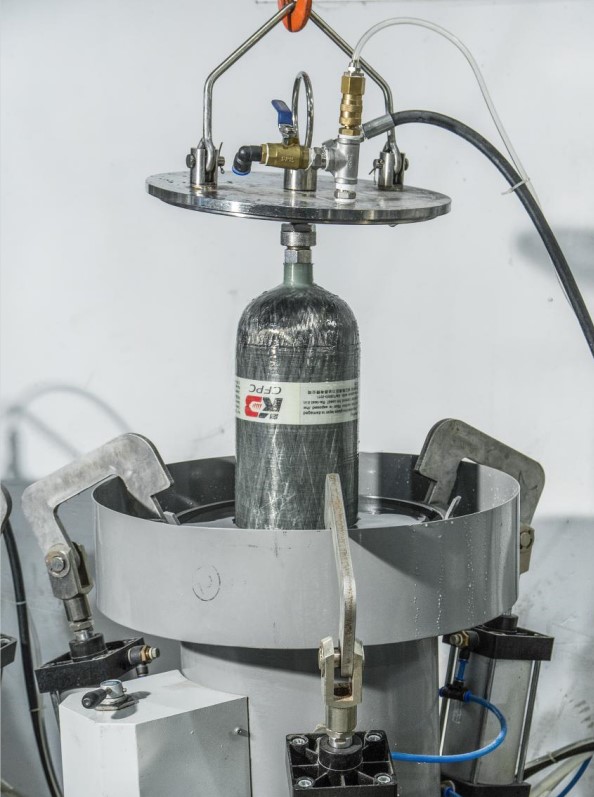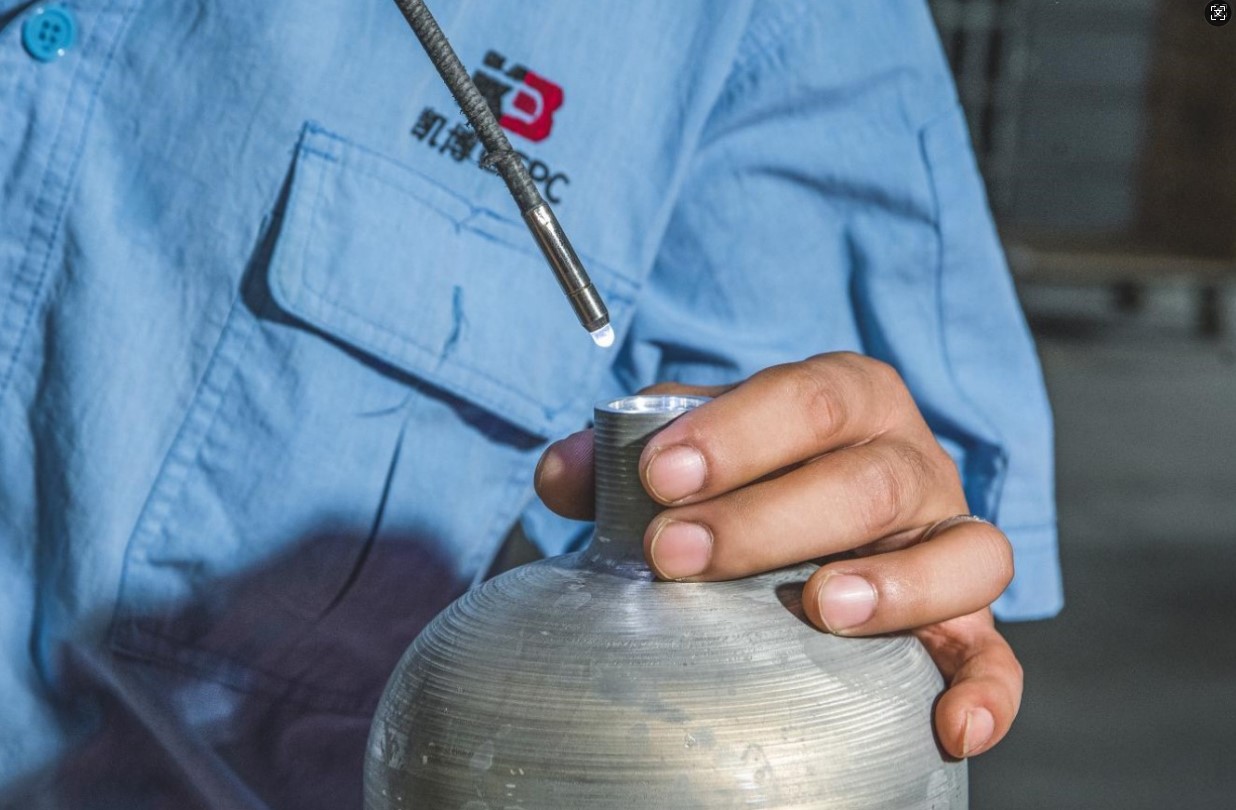Introduction
Hydrogen is gaining attention as a clean energy source for vehicles, industry, and power generation. Its potential to reduce carbon emissions makes it an attractive alternative to fossil fuels. However, storing hydrogen safely and efficiently is a key challenge due to its low density and high diffusivity. This is where carbon fiber composite tanks come into play. These advanced tanks offer a strong, lightweight, and reliable solution for storing hydrogen at high pressures.
This article explains how carbon fiber tanks work for hydrogen storage, their advantages over traditional materials, and the key factors to consider when using them.
Why Hydrogen Needs Special Storage
Hydrogen is the lightest and smallest molecule in the universe. To store enough hydrogen for practical use—like powering a car—it must be compressed to very high pressures (typically 350 to 700 bar). This creates the need for a tank that is both strong and lightweight, which traditional steel tanks struggle to offer.
How Carbon Fiber Tanks Work for Hydrogen Storage
Carbon fiber composite tanks are made by wrapping layers of carbon fiber material around an inner liner, usually made of plastic or aluminum. The liner contains the hydrogen, while the carbon fiber layers provide the strength to handle high internal pressures.
Key Steps in How It Works:
- Filling – Hydrogen is filled into the tank under high pressure using special fueling stations.
- Containment – The liner holds the gas inside, preventing leakage. It is gas-tight and compatible with hydrogen.
- Strength Support – The carbon fiber wrapping bears the pressure load. Carbon fiber is known for its excellent strength-to-weight ratio, making it ideal for high-pressure applications.
- Discharge – Hydrogen is released through a pressure-regulating valve to fuel the system, such as a hydrogen fuel cell in a car.
Advantages Over Traditional Tanks
Carbon fiber composite tanks have clear benefits over steel or aluminum tanks:
1. Lightweight
Carbon fiber tanks are up to 60% lighter than steel tanks. This is especially useful in vehicles, where lower weight translates into better efficiency and longer driving range.
2. Higher Pressure Capacity
These tanks can safely handle much higher pressures (up to 700 bar or even more), enabling more hydrogen to be stored in a compact space.
3. Corrosion Resistance
Carbon fiber does not rust or corrode, unlike steel. This adds to the durability and longevity of the tank.
4. Better Safety Performance
Carbon fiber tanks are designed to rupture gradually under extreme stress, rather than explode. They also pass rigorous safety tests, including impact, fire, and over-pressurization tests.
Things to Pay Attention To
While carbon fiber tanks offer many benefits, they also require careful design, maintenance, and usage:
1. Hydrogen Embrittlement
Hydrogen can weaken some metals over time. This is why tank liners are usually made of polymers or treated aluminum to prevent this issue.
2. Proper Handling and Inspection
Like all high-pressure systems, carbon fiber hydrogen tanks must be inspected regularly for cracks, surface damage, or signs of wear.
3. Cost Considerations
Carbon fiber materials and manufacturing are still more expensive than traditional tank options. However, their long-term benefits often outweigh the upfront cost, especially in applications where weight and safety matter most.
4. Temperature Sensitivity
Hydrogen must be stored at proper temperatures. Carbon fiber tanks typically include thermal insulation or work in combination with temperature control systems.
Applications in Real Life
- Hydrogen Fuel Cell Vehicles (FCEVs) – Cars use carbon fiber tanks to store hydrogen safely.
- Industrial Hydrogen Use – Factories and research labs rely on these tanks for portable and stationary hydrogen storage.
- Aerospace and Drones – The lightweight and high-capacity nature of carbon fiber tanks makes them suitable for next-generation flight systems.
- Backup Power Systems – For grid energy storage or emergency power supplies using hydrogen fuel cells.
Looking Ahead
As more industries adopt hydrogen as a clean energy source, the need for efficient storage will grow. Carbon fiber composite tanks are already setting a high standard for performance and safety. Future advancements may include:
- Lower manufacturing costs through automation
- Smarter tanks with built-in pressure and temperature sensors
- Improved liner materials that further resist hydrogen leakage or damage
Conclusion
Carbon fiber composite tanks offer a safe, efficient, and practical way to store hydrogen under high pressure. Their lightweight and durable design make them especially useful in vehicles, energy storage systems, and industrial applications. While they do require careful handling and regular inspection, their advantages over traditional tanks are clear. As hydrogen continues to grow as a clean energy solution, carbon fiber tanks will play a central role in making it more usable and accessible across different fields.
Post time: Apr-07-2025




